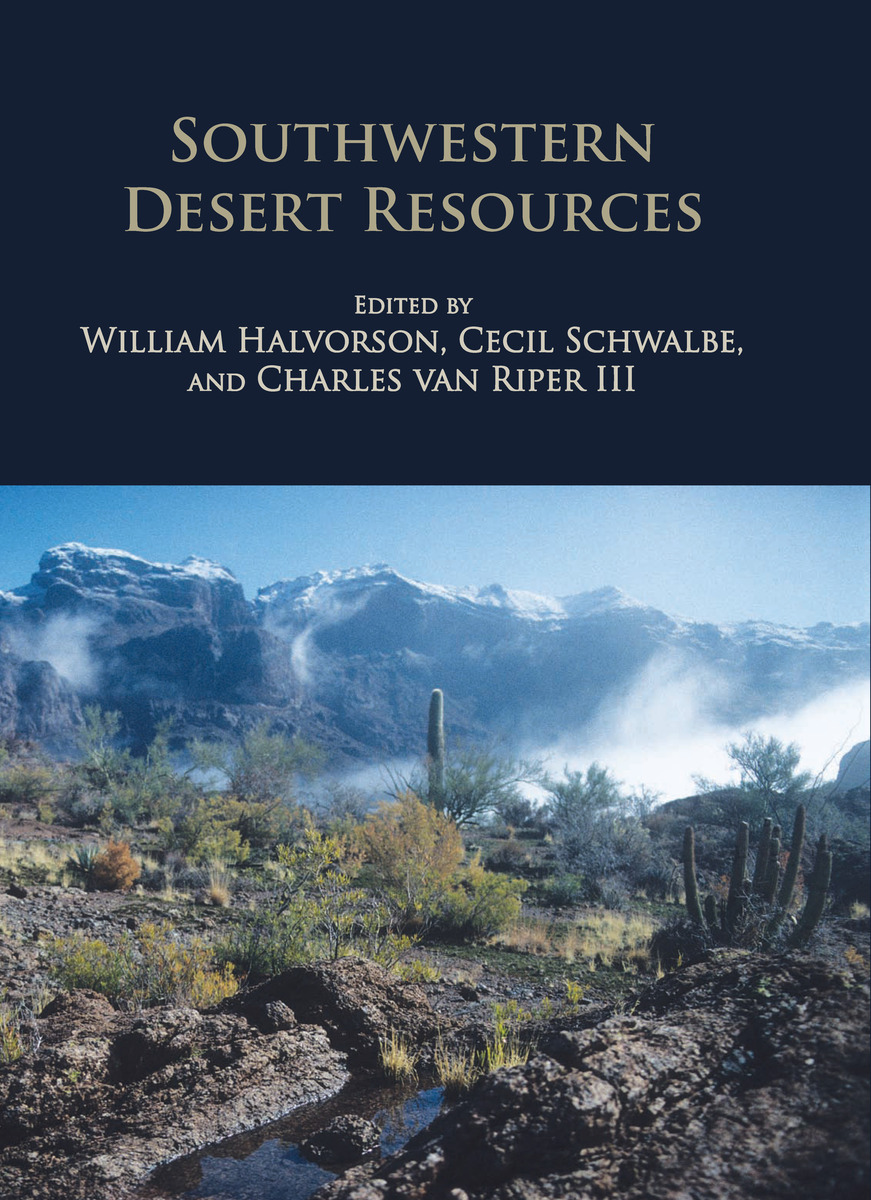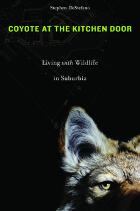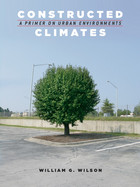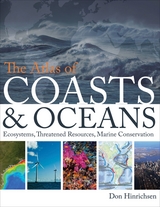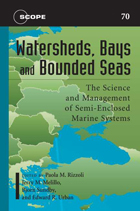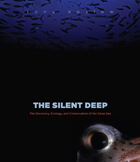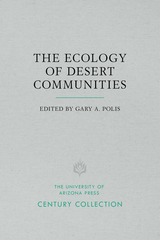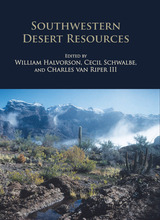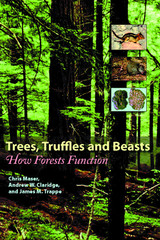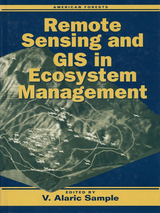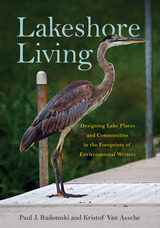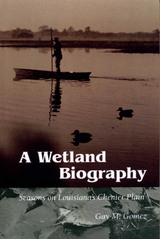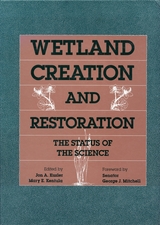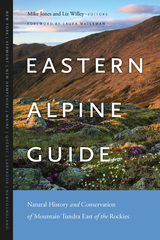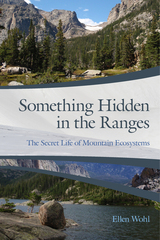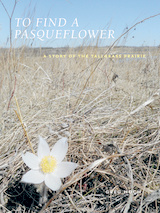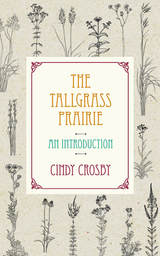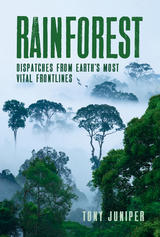Southwestern Desert Resources
University of Arizona Press, 2010
eISBN: 978-0-8165-5241-2 | Cloth: 978-0-8165-2817-2
Library of Congress Classification QH541.5.D4S6 2010
See other books on: Desert ecology | Environmental Science | Halvorson, William L. | Southwest, New | van Riper, Charles
See other titles from University of Arizona Press
eISBN: 978-0-8165-5241-2 | Cloth: 978-0-8165-2817-2
Library of Congress Classification QH541.5.D4S6 2010
ABOUT THIS BOOK | AUTHOR BIOGRAPHY | REVIEWS | TOC
ABOUT THIS BOOK
The southwestern deserts stretch from southeastern California to west Texas and then south to central Mexico. The landscape of this region is known as basin and range topography featuring to “sky islands” of forest rising from the desert lowlands which creates a uniquely diverse ecology. The region is further complicated by an international border, where governments have caused difficulties for many animal populations.
This book puts a spotlight on individual research projects which are specific examples of work being done in the area and when they are all brought together, to shed a general light of understanding the biological and cultural resources of this vast region so that those same resources can be managed as effectively and efficiently as possible. The intent is to show that collaborative efforts among federal, state agency, university, and private sector researchers working with land managers, provides better science and better management than when scientists and land managers work independently.
This book puts a spotlight on individual research projects which are specific examples of work being done in the area and when they are all brought together, to shed a general light of understanding the biological and cultural resources of this vast region so that those same resources can be managed as effectively and efficiently as possible. The intent is to show that collaborative efforts among federal, state agency, university, and private sector researchers working with land managers, provides better science and better management than when scientists and land managers work independently.
See other books on: Desert ecology | Environmental Science | Halvorson, William L. | Southwest, New | van Riper, Charles
See other titles from University of Arizona Press
